Is it necessary to fertilize crepe myrtle? Experts reveal how best to care for this colorful shrub
Overfeeding these plants can often do more harm than good


Often considered one of the best flowering shrubs for full sun, crepe myrtle never fails to put on a colorful show in the yard. Come summer, brilliant blooms hum with pollinator activity, with pink, purple or yellow flowers attracting bees and butterflies with their nectar-rich offerings.
These shrubs are common in warm and southerly regions, thriving in US hardiness zone 6 to zone 9, typically seen growing in sunny front yards and borders with their bushy shape and firework-like flowers. When considering how to care for crepe myrtle, these shrubs are relatively easy to grow, preferring plenty of sunshine and free-draining soil.
Crepe myrtle plants are remarkably self-sufficient, doing just fine in the summer without much water or feed. While we might think that applying fertilizer in the growing season will give our plants a boost, it is often not necessary. Here, plant experts share how best - if at all - to fertilize crepe myrtle, to ensure that your plants are not loved to death.
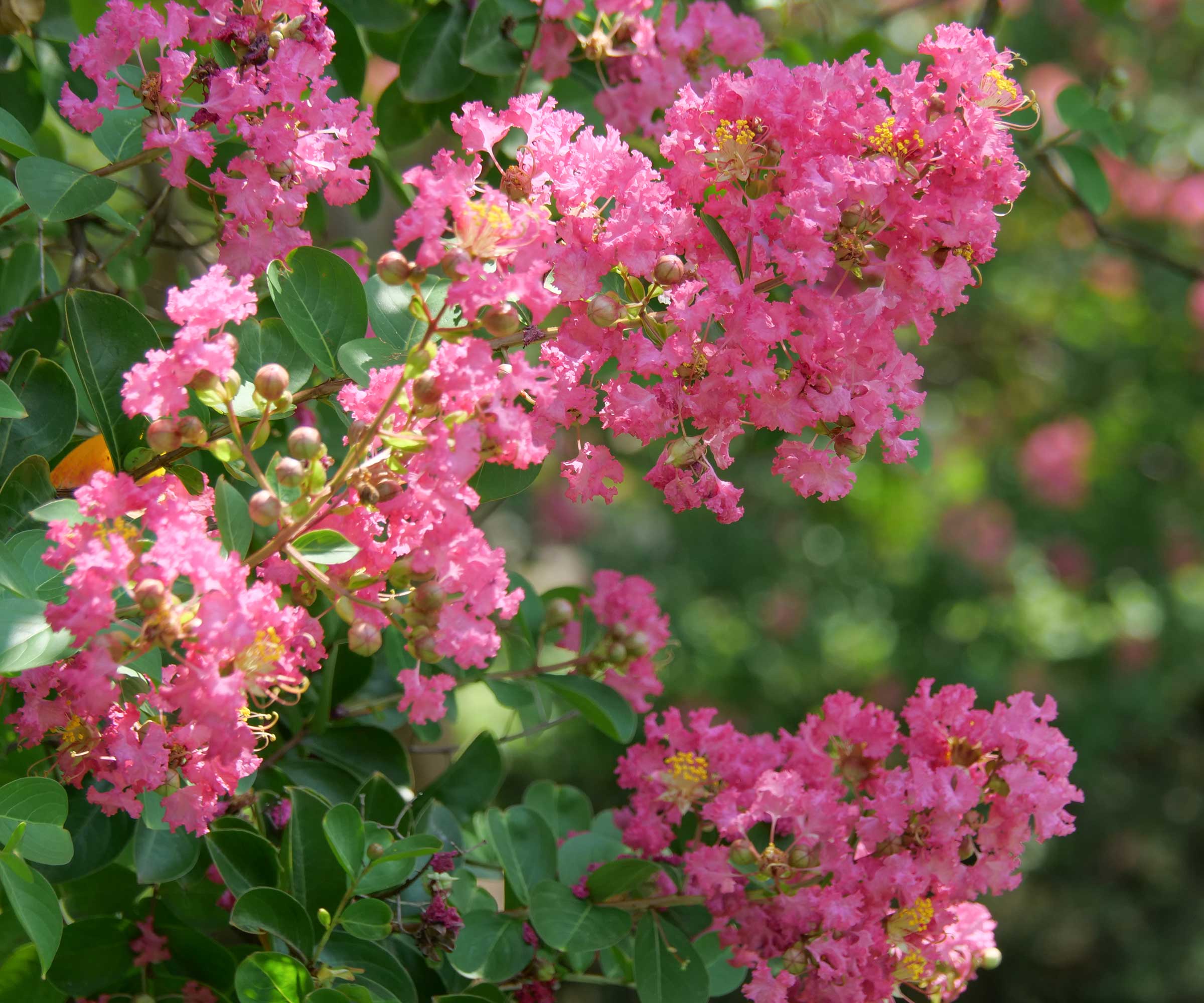
Should you fertilize crepe myrtle
It is possible to over-fertilize plants, and sometimes this can cause considerable damage, burning the roots with excessive amounts of fertilizer when it is not needed. While we might think that feeding will help our plants, many popular shrubs, like crepe myrtle, are self-sufficient.
Is it necessary to fertilize crepe myrtle?
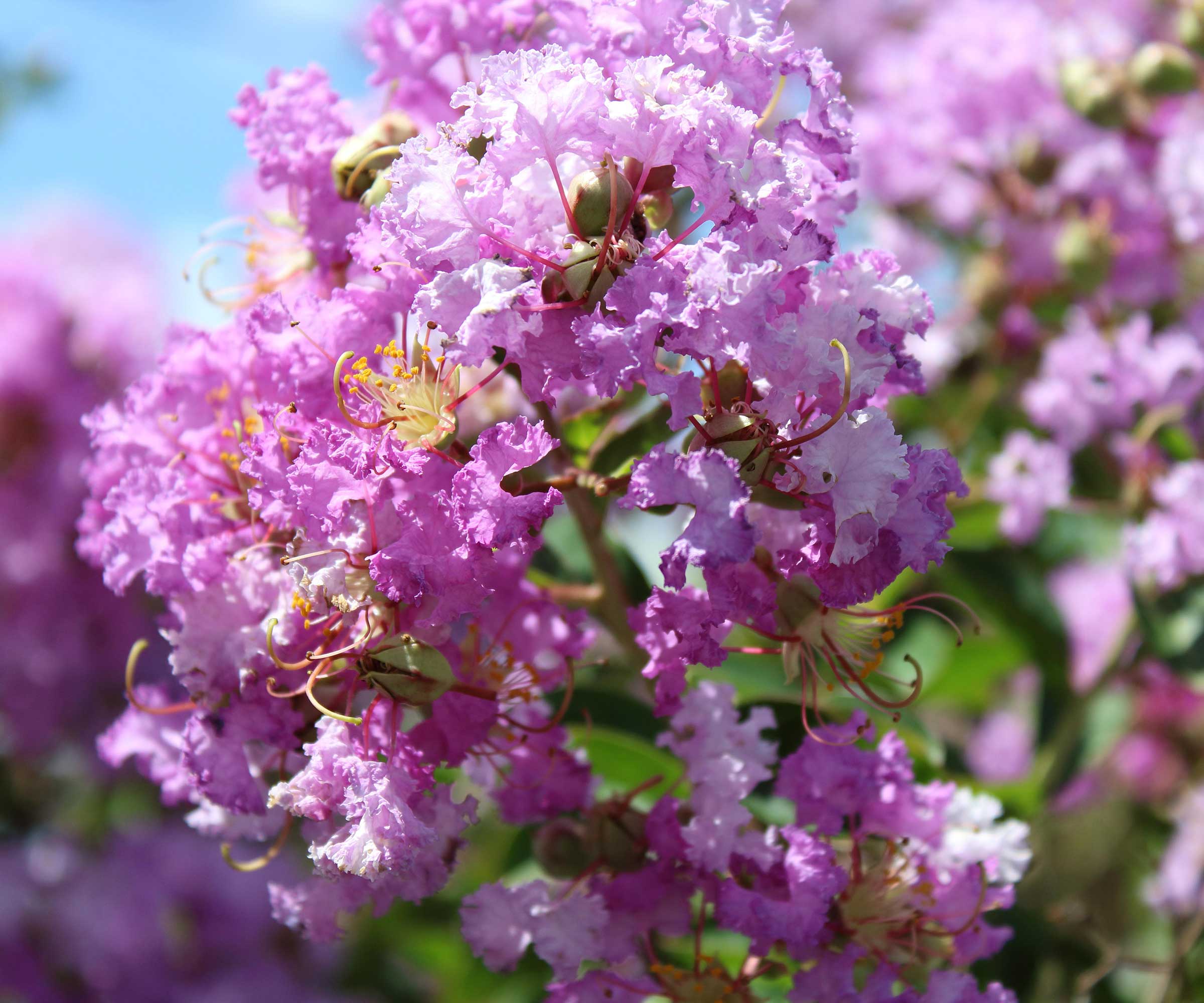
'Crepe myrtle are self-reliant plants that can grow without much need for fertilizer,' says Gail Pabst, gardening expert and Marketing Director for the National Garden Bureau.
'Typically, I would advise that only light fertilization is required, if at all, once your crepe myrtle is established in the yard,' Gail adds. 'Over-fertilizing can damage your shrub, and will cause the plant to produce more leaves and fewer flowers.'
As Gail says, over-fertilizing is a common fertilizing mistake that many gardeners make. Feeding plants excessively can shock the shrub into producing lots of new leafy growth, diverting energy away from bloom production. What's more, too much fertilizer in the soil can chemically burn the roots, causing the plant to show signs of stress, wilt and in the worst case, die.
If you are wondering why is my crepe myrtle not blooming, do not automatically assume that fertilizer will help. Often, the lack of blooms might be a result of poor sunlight or poorly draining soil. As a gardener, I always recommend inspecting your plant and ensuring that the position and conditions are suitable before applying any feed.
So, while you might want to make use of the fertilizer bottle in the shed, it is often best to leave your crepe myrtle to fend for itself. The only time you might want to use fertilizer is for plants that are young or grown in pots. For these plants, it can be a good idea to provide a small amount of fertilizer.

Gail is a passionate horticulturist with over 25 years' experience in the industry. She is an avid home gardener too and loves to try out the newest varieties and techniques. Gail is the Marketing Director for the National Garden Bureau and her work has helped her to continue their mission of inspiring, teaching and growing in gardening with others.
How and when to fertilize crepe myrtle
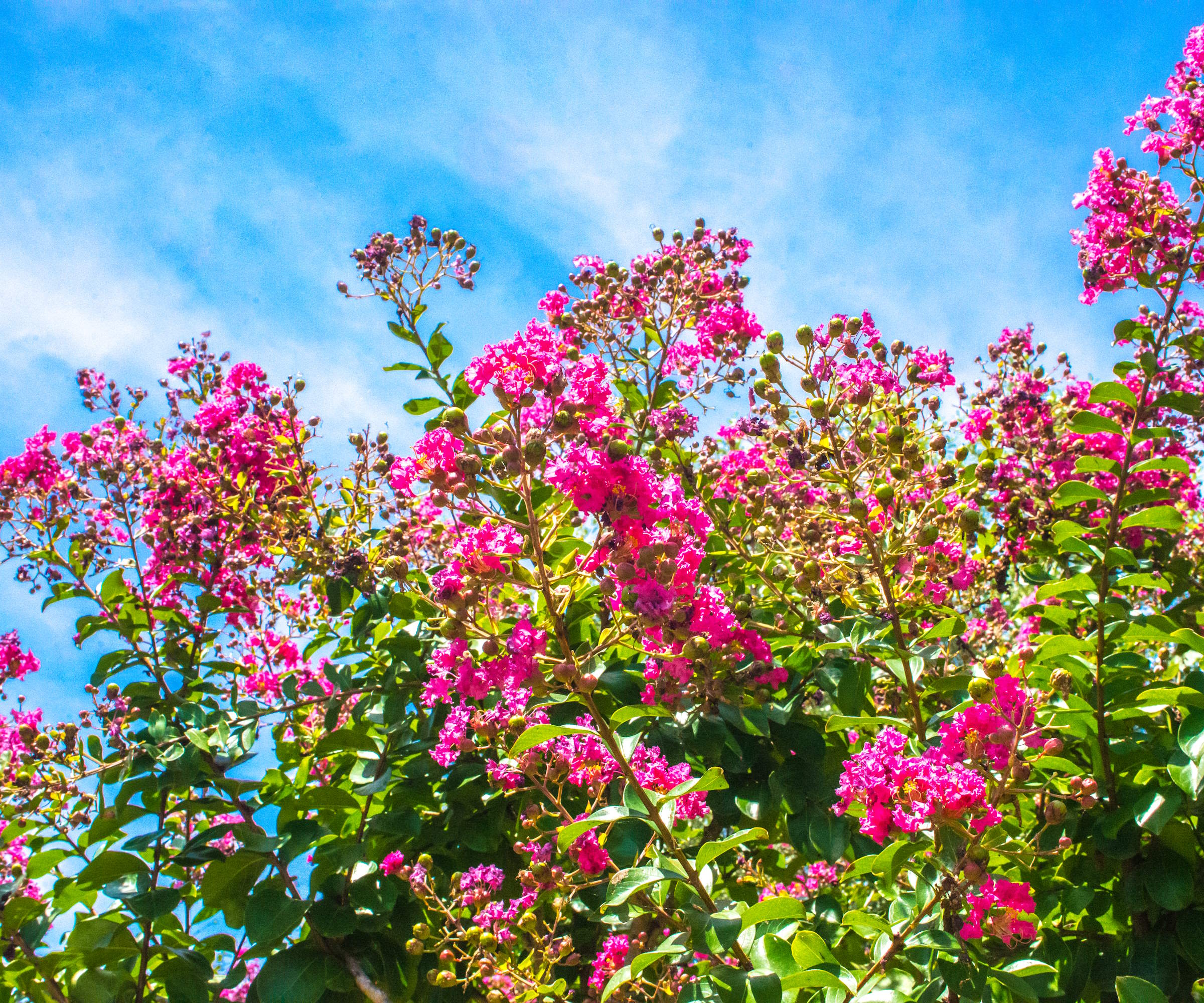
If your crepe myrtle was planted in the last two years, or grown in a container, you can apply a small amount of fertilizer during the growing season. 'If you want to fertilize crepe myrtle, it is best to apply a balanced fertilizer like 10-10-10 in early spring before the new growth emerges,' Gail advises. Organic fertilizers are available from Walmart.
Plant fertilizer numbers can seem confusing, but, as Gail says, using a balanced 10-10-10 solution, with equal parts nitrogen, potassium and phosphorus, is recommended.
'If the crepe myrtle is growing in fertile soil, then often, no additional fertilizer is needed,' Gail continues. 'With younger specimens, we often need to be patient while the shrub grows, allowing time for it to establish roots and produce lots of flowers.'
'Do not fertilize crepe myrtle in the late fall,' Gail says, 'as you want to give the crepe myrtle a chance to harden off for the winter. Sticking to springtime is your best bet.'
To improve the quality of your borders, it is a good idea to apply leaf mold in the winter, helping to improve soil structure and feed the soil with plenty of rotting material. Mixing in mulch is also recommended for pot plants too.
So, why not learn how to make plant fertilizer in the form of mulch and leaf mold this year, composting pruned material such as perennial stems, leaves and twigs in a composter? Compact composters are available from Walmart, ideal for smaller yards and gardeners looking to create their own mulch.
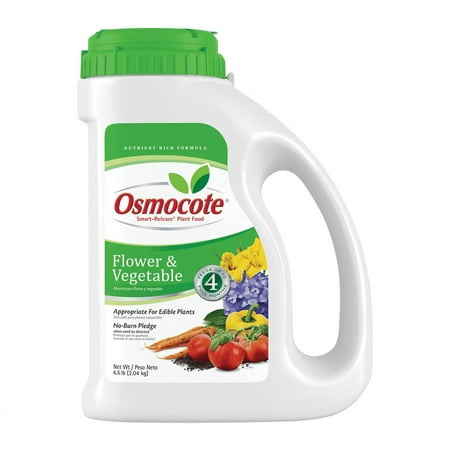
This balanced slow-release plant food is ideal for flowers and vegetables in the yard, helping to nourish your plants with all the goodness they need.
FAQs
Should I fertilize crepe myrtles that are grown in pots?
As with any plants grown in pots and containers, it is a good idea to use fertilizer. These plants cannot access water or nutrients in the ground, so rely on you more so than plants grown in borders. I recommend feeding any crepe myrtle plants grown in pots in the springtime, using a slow-release feed suitable for flowering shrubs. Feeding at this time should provide all your plant needs for the growing season.
While we might think that feeding our beloved plants will always generate extra growth and flowers, it is often not necessary. If your crepe myrtle is growing well and blooming happily, leave the fertilizer in the garden shed. For more information on feeding your plants this year, see our guide on how to fertilize bougainvillea, for a bounty of blooms this summer.
Sign up to the Homes & Gardens newsletter
Design expertise in your inbox – from inspiring decorating ideas and beautiful celebrity homes to practical gardening advice and shopping round-ups.

Thomas is a Content Editor within the Gardens Team at Homes and Gardens. He has worked as a professional gardener for both public spaces and private estates, specializing in productive gardening, growing food and flowers. Trained in Horticulture at the Garden Museum, he has written on gardening and garden history for various publications, including The English Garden, Gardens Illustrated, Hortus, The London Gardener and Bloom. He has co-authored a Lonely Planet travel book, The Tree Atlas, due out in 2024.
-
 How a British designer brought together the different tastes of a couple wanting to create the dream future-proofed home in the idyllic Italian countryside
How a British designer brought together the different tastes of a couple wanting to create the dream future-proofed home in the idyllic Italian countryside‘They wanted a house that would feel immediately like home the minute they arrived, and somewhere relaxing to spend time together as a family and entertain friends.’
By Fiona McCarthy
-
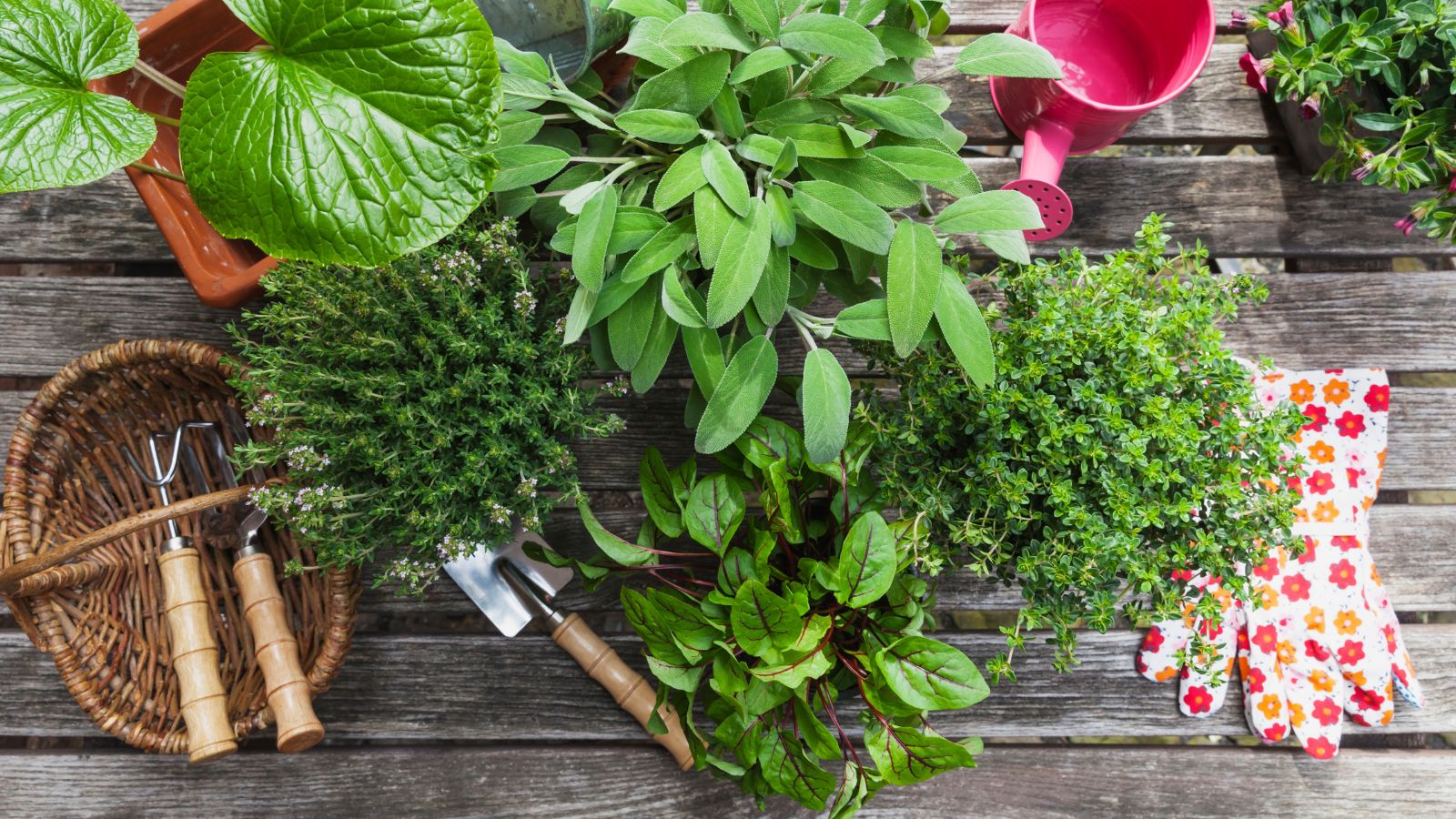 What is your birth month herb? Discover the symbolic meaning behind yours
What is your birth month herb? Discover the symbolic meaning behind yoursHerbs offer symbolic wisdom, and play to the natural rhythms of the season
By Lola Houlton
-
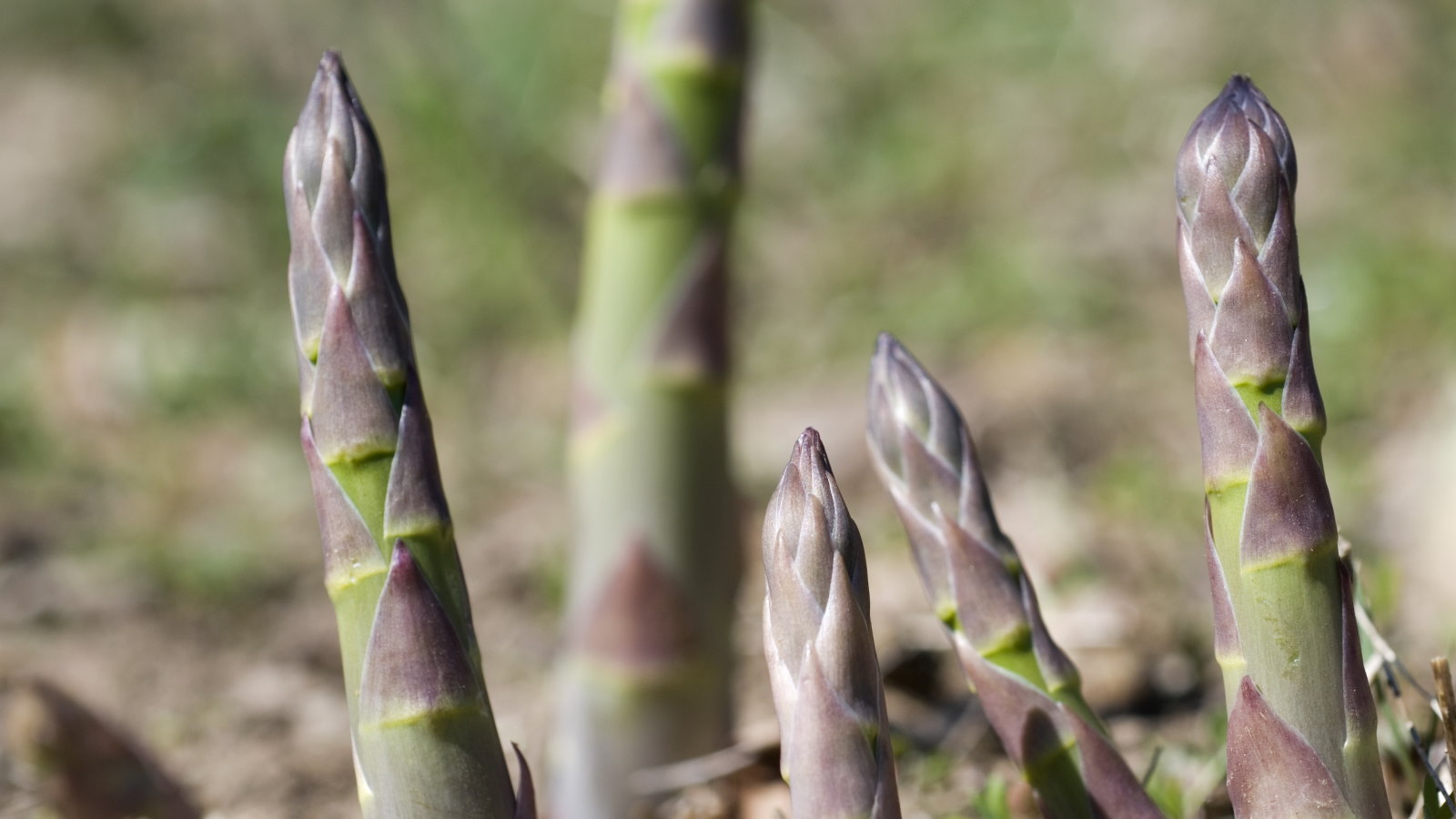 When and how to divide asparagus – expert tips to rejuvenate older plants for better yields
When and how to divide asparagus – expert tips to rejuvenate older plants for better yieldsDividing asparagus crowns is simple and rewarding, but you must get the timing right
By Drew Swainston
-
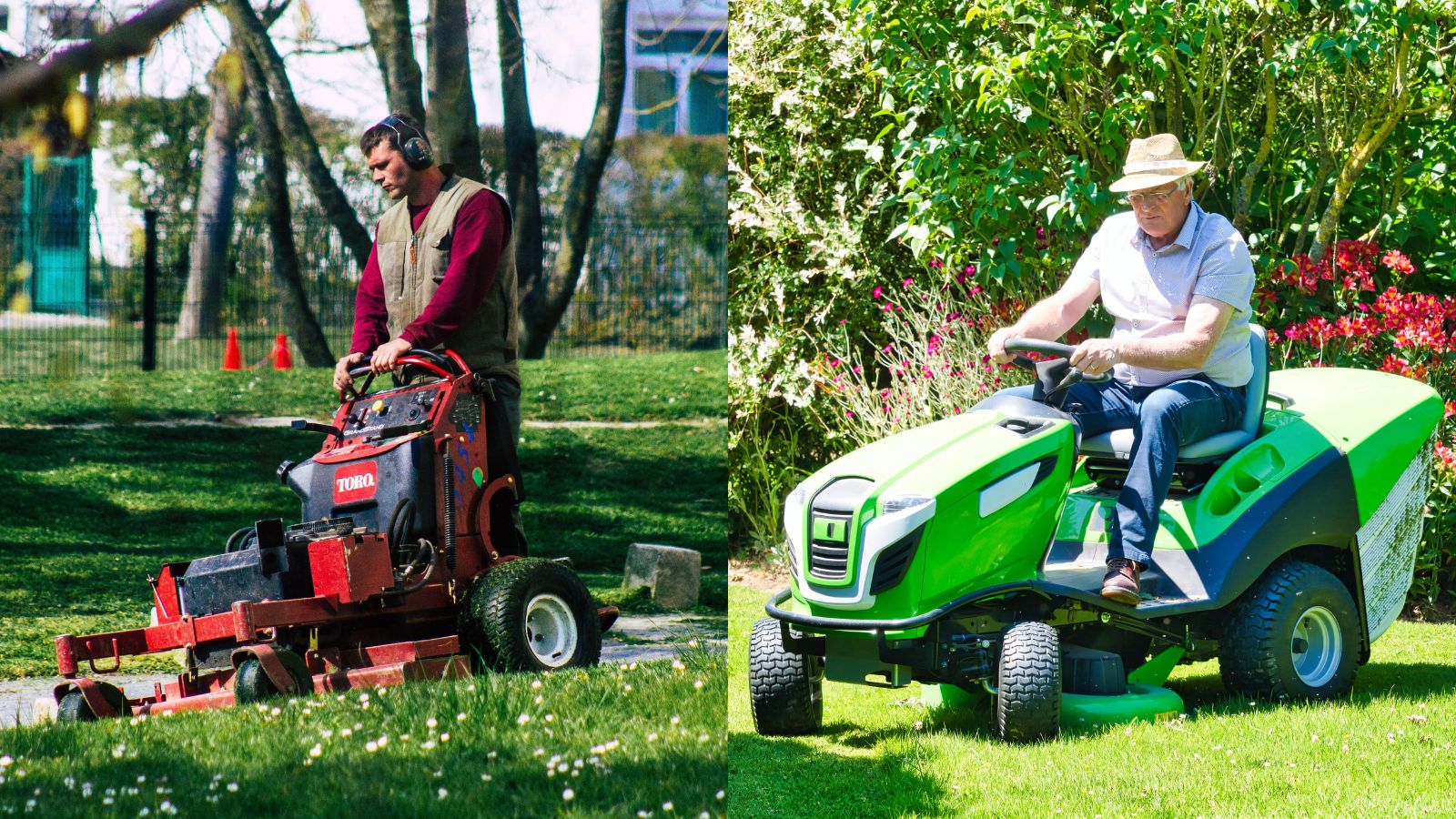 Standing mowers vs riding mowers – a mowing expert reveals which is best
Standing mowers vs riding mowers – a mowing expert reveals which is bestStanding mowers vs riding mowers is a heated debate among landscapers. I spoke to a landscaping expert to find out if standing mowers really are the best
By Alex David
-
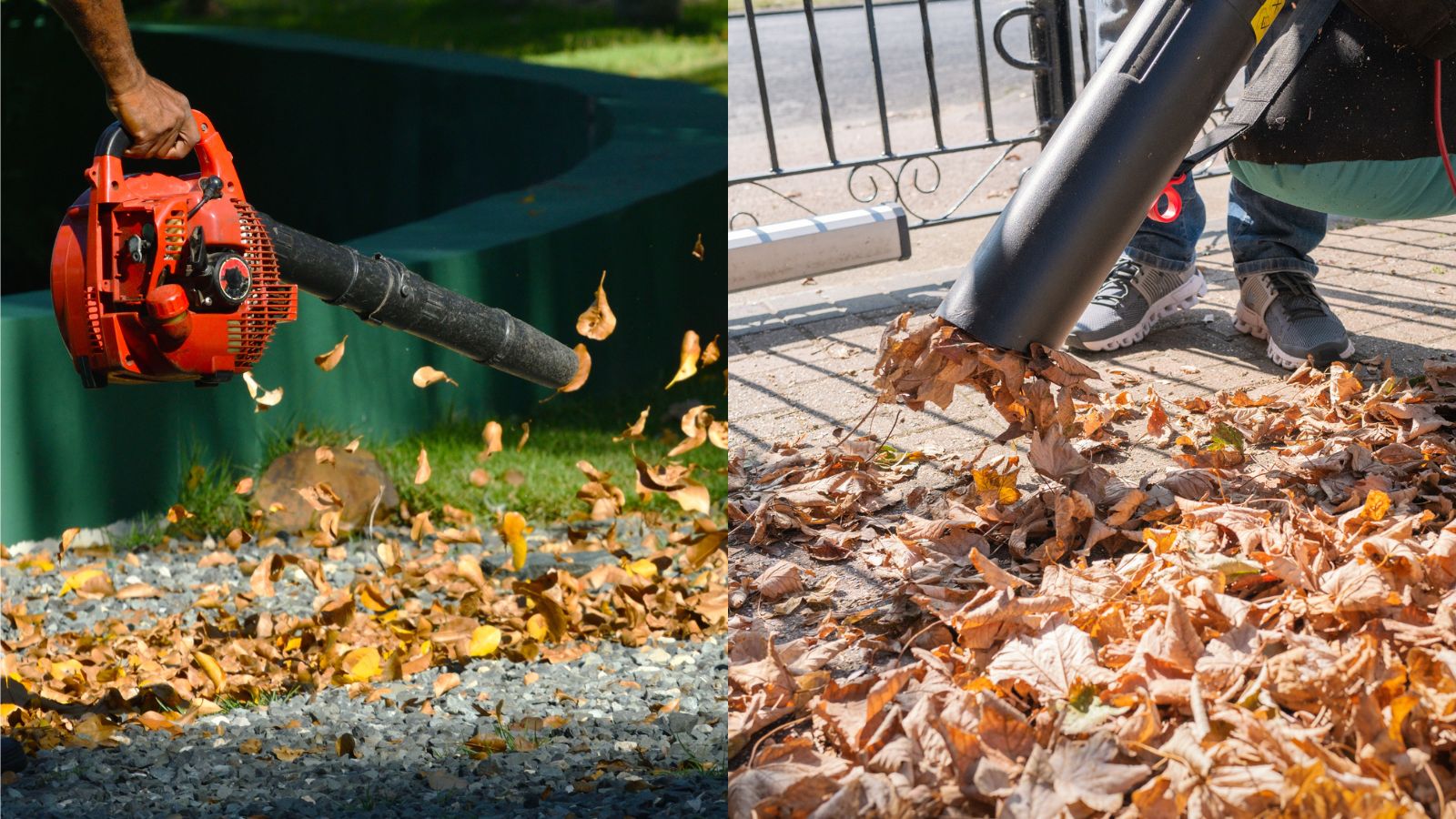 Leaf blowers vs leaf vacuums – which is best for your yard, and should you bother with either?
Leaf blowers vs leaf vacuums – which is best for your yard, and should you bother with either?It's not obvious which is best between leaf blowers v leaf vaccums. As a product tester, this is all you need to know about these controversial yard tools
By Alex David
-
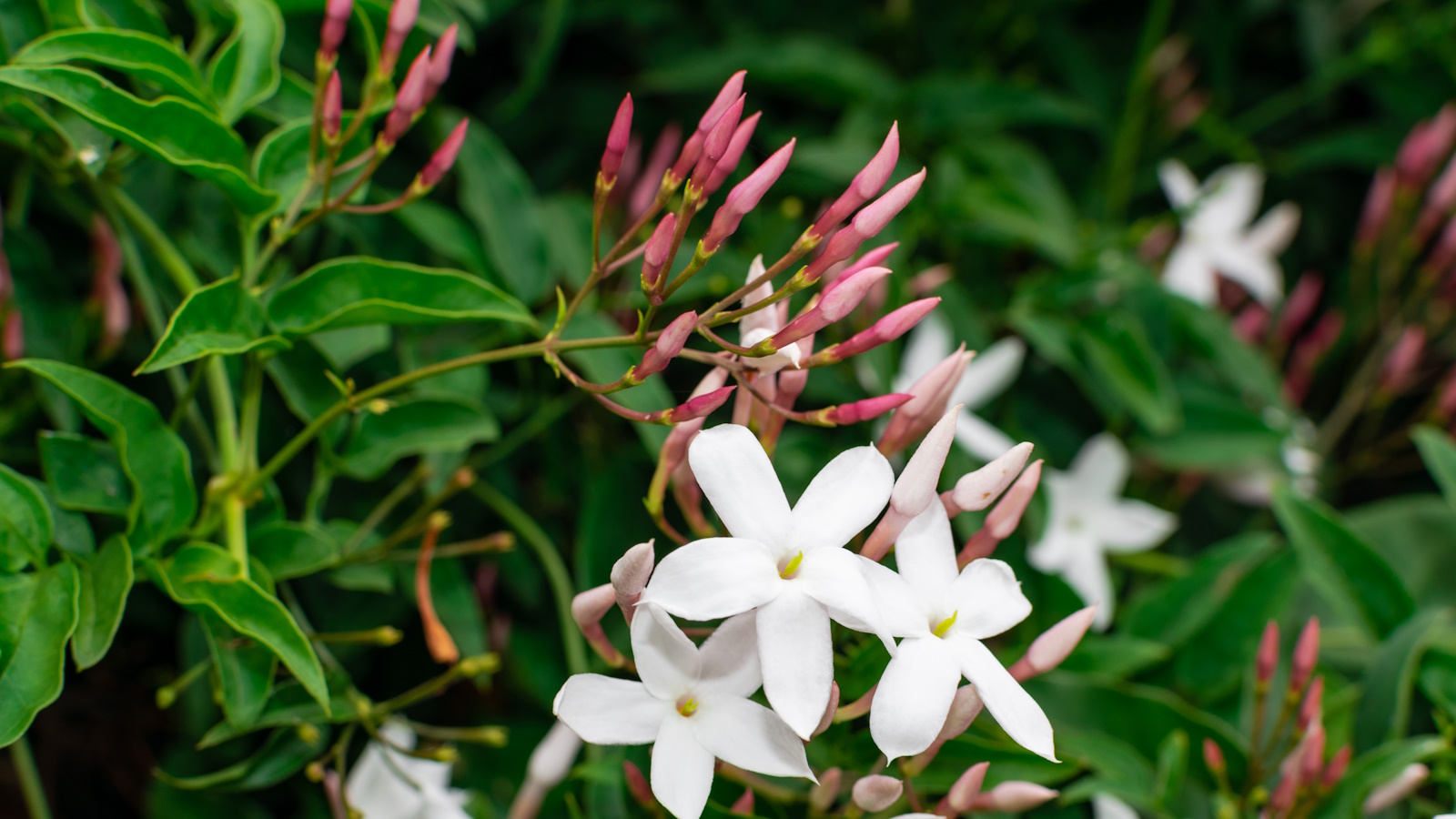 Pruning jasmine in late summer will ensure your plants bloom better than ever next year
Pruning jasmine in late summer will ensure your plants bloom better than ever next yearTiming is critical when pruning summer-flowering climbers
By Thomas Rutter
-
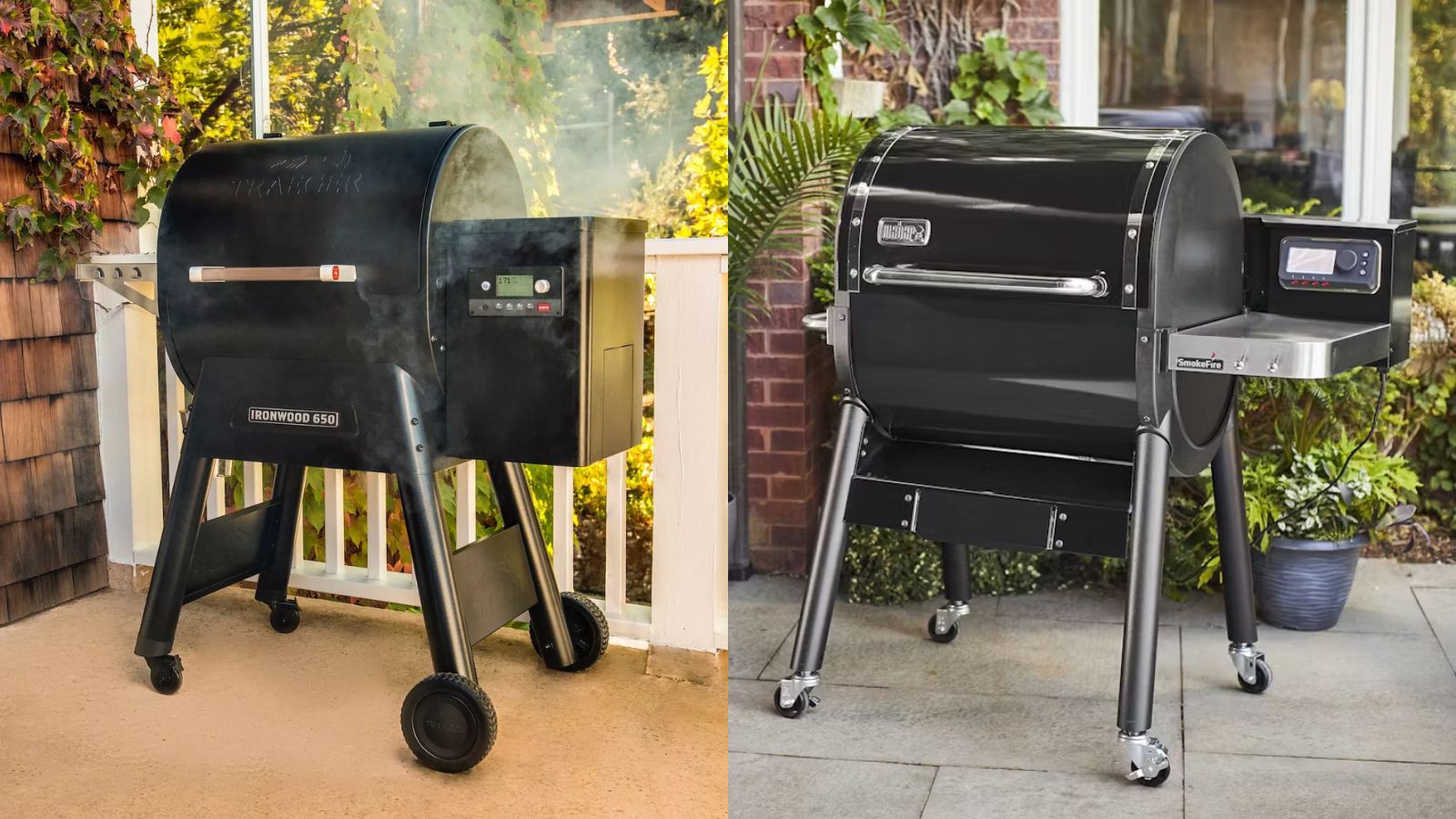 Weber vs Traeger – which pellet grill should I buy? Advice from a product tester
Weber vs Traeger – which pellet grill should I buy? Advice from a product testerThey're two titans of the grilling game, but who comes out on top between Weber vs Traeger? As a product tester, this is all you need to know about the brands
By Alex David
-
 Bougainvillea in miniature – with a little patience, anyone can grow these vibrant plants in bonsai form
Bougainvillea in miniature – with a little patience, anyone can grow these vibrant plants in bonsai formGrowing bougainvillea bonsai trees can add impact to even the smallest of spaces
By Thomas Rutter
-
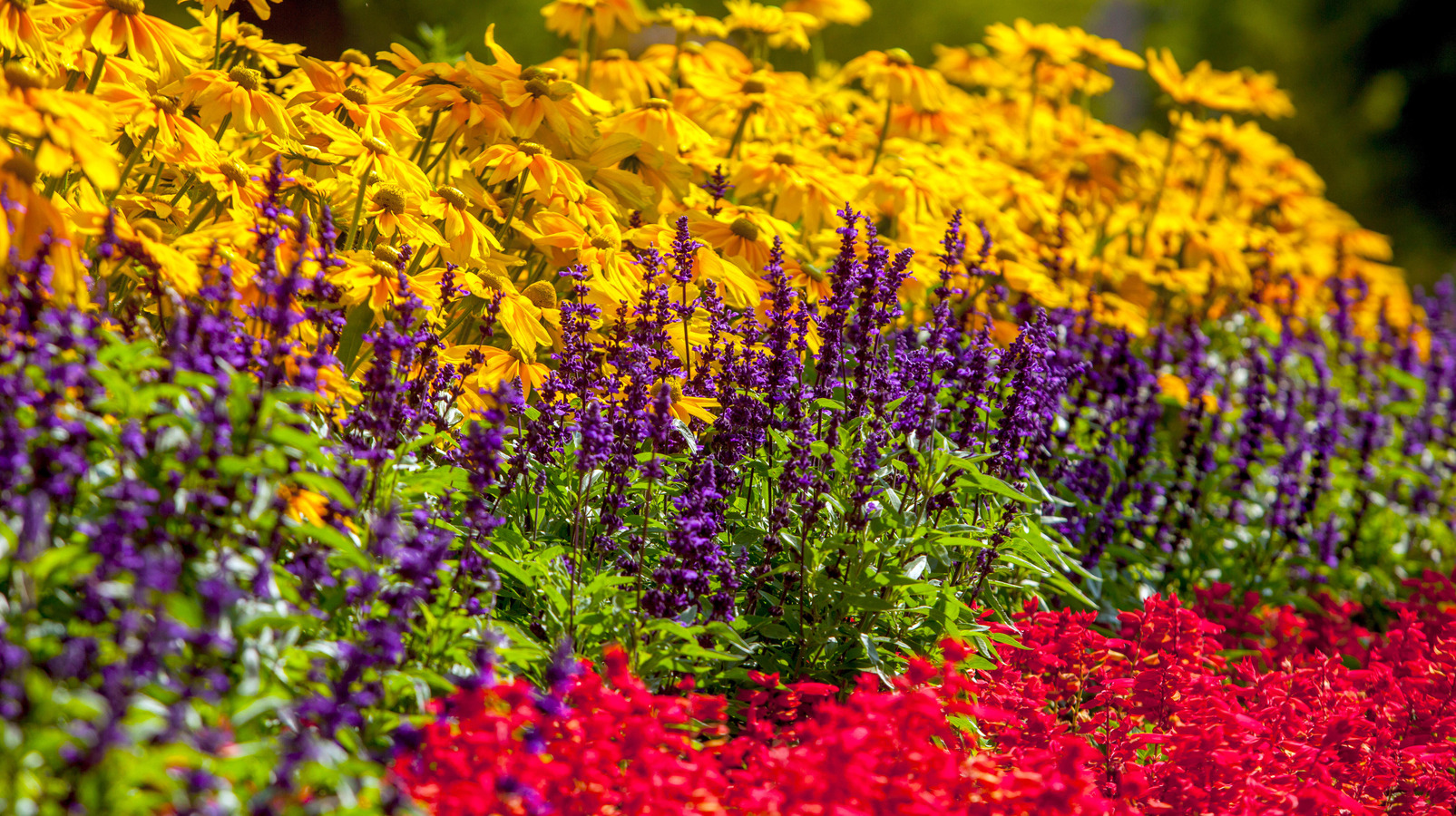 10 low maintenance, drought tolerant plants – for a beautiful and undemanding landscape
10 low maintenance, drought tolerant plants – for a beautiful and undemanding landscapeExpert plant picks for a thriving dry garden, that will make life easier and more colorful
By Jacky Parker
-
 How to grow eastern redbuds – the cherished native tree with striking spring blooms
How to grow eastern redbuds – the cherished native tree with striking spring bloomsAdaptable and reliable, eastern redbuds are tough trees that will not disappoint
By Thomas Rutter